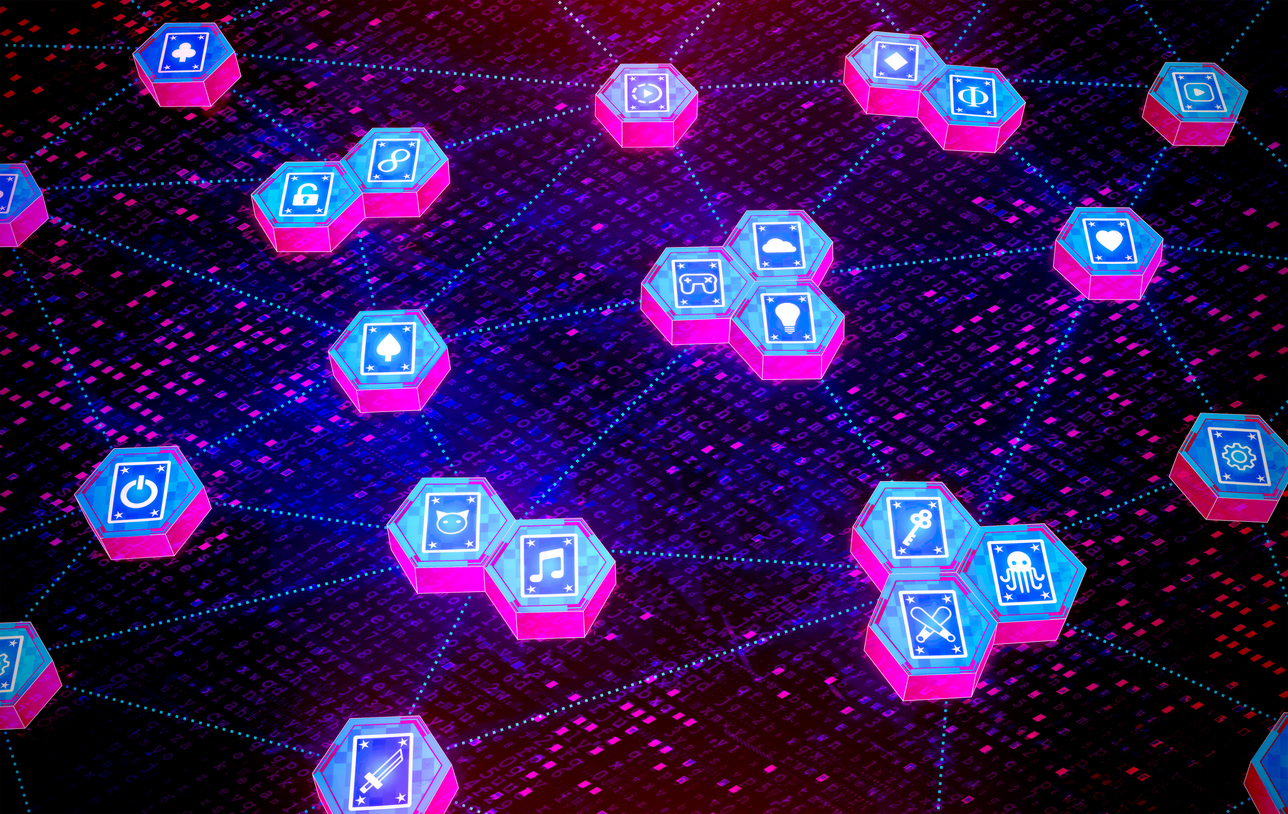6 considerations for choosing a blockchain to build on
May 28, 2023
Embarking on a journey into the decentralised world of blockchain technology? One of your first, and perhaps most critical, decisions will be choosing a blockchain platform for your business. Here are some factors to consider.
With a plethora of blockchain platforms vying for your attention, each with its unique strengths and weaknesses, the selection process can feel daunting. This guide outlines six factors you must consider when choosing a blockchain platform. Armed with this knowledge, you’ll be perfectly positioned to choose a blockchain platform that not only meets your business’s needs, but also sets it up for the best chance for success.
Consensus mechanisms
At the heart of every blockchain lies its consensus mechanism – the ingenious protocol enabling network participants to collectively agree on a single truth. Key contenders in the consensus arena include Proof of Work (PoW), Proof of Stake (PoS), and Delegated Proof of Stake (DPoS), which builds on PoS by assigning delegates to validate the next blocks in a chain.
PoW, the pioneer consensus mechanism of Bitcoin, boasts robust security, but is often criticised for its energy inefficiency. PoS, adopted by Ethereum 2.0, is a more environmentally friendly alternative, but has been critiqued for opening up the opportunity for greater centralisation and censorship. Meanwhile, DPoS, used by EOS, strikes a balance between speed and energy efficiency, but may sacrifice a degree of decentralisation. It’s crucial to match your business’s unique needs with the most suitable consensus mechanism, factoring in aspects like security, speed, and sustainability.
Open vs closed platforms
Blockchain platforms can be broadly categorised into open (permissionless) and closed (permissioned) systems. Open platforms, such as Bitcoin and Ethereum, promise total decentralisation and broad accessibility, but may grapple with security challenges. On the other hand, closed platforms like Hyperledger Fabric offer greater control and enhanced security, but may lack the vibrant, global participation that often drives network value. Choosing between the two will require a careful evaluation of your business’s needs for control, security, decentralisation, and user involvement.
Scalability and performance
When it comes to scalability and performance, blockchain platforms often walk a tightrope between decentralisation and security, so it’s essential to find a platform that strikes enough of a balance for your needs. Ethereum, for example, is lauded for its high level of decentralisation, but wrestles with scalability issues. In contrast, platforms like Solana have built their reputation on high-speed, high-scalability performance, albeit with potential compromises on decentralisation.
Security and privacy
Security and privacy are not just optional – they’re necessary. Features such as robust encryption and zero-knowledge proofs play a pivotal role in safeguarding data integrity and maintaining user confidentiality. Platforms like Zcash have made privacy their USP, whereas Ethereum tilts towards transparency. Consider all of your business’s specific security and privacy needs, taking into account aspects like user anonymity and data protection.
Developer ecosystem and community support
Success often hinges on the strength of its developer ecosystem and the support of its community. Aspects such as comprehensive documentation, readily available tools and libraries, and active community forums can be game-changers. Ethereum, for instance, boasts a thriving developer community that continually pushes the boundaries of innovation. Opting for a platform with robust community backing can foster a nurturing environment for your business to flourish.
Interoperability and integration
Blockchain platforms with built-in interoperability features, such as Polkadot and Cosmos, are capable of seamlessly interacting with a multitude of other blockchains and off-chain systems. This ability to ‘speak’ with other systems opens up endless possibilities for increased functionality and broader adoption of your business. Taking these factors into consideration in the decision-making stage can significantly impact the reach of your business down the track.
Final thoughts
In the fast-paced, dynamic world of blockchain technology, choosing the right platform for your business is not a decision to be taken lightly. By taking into account the aforementioned factors, you’re not just making an informed decision; you’re setting the stage for your company’s long-term success and potentially transforming the blockchain landscape. Remember, each choice we make is a brick in the edifice of our business- choose wisely, and you’ll build a masterpiece!
Words: Madeleine Jones

